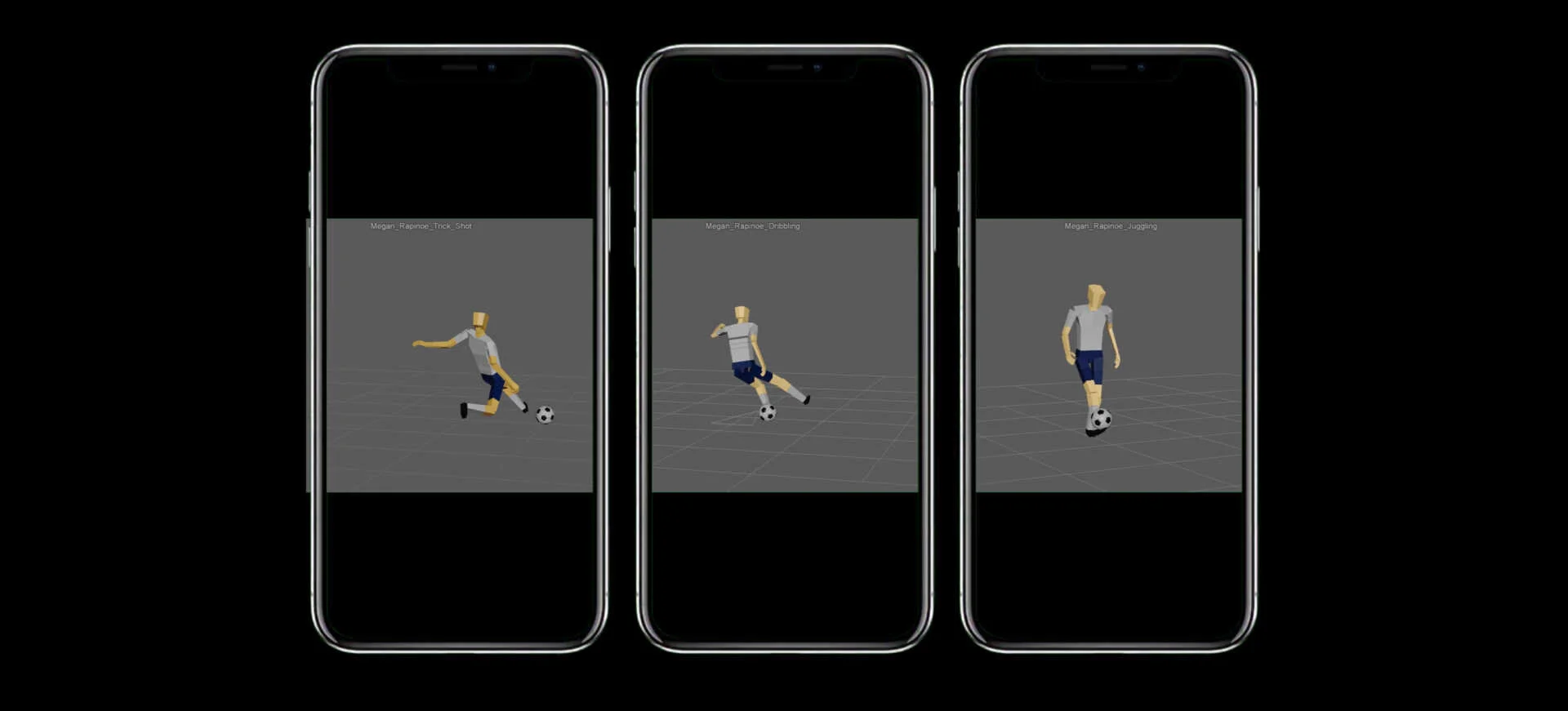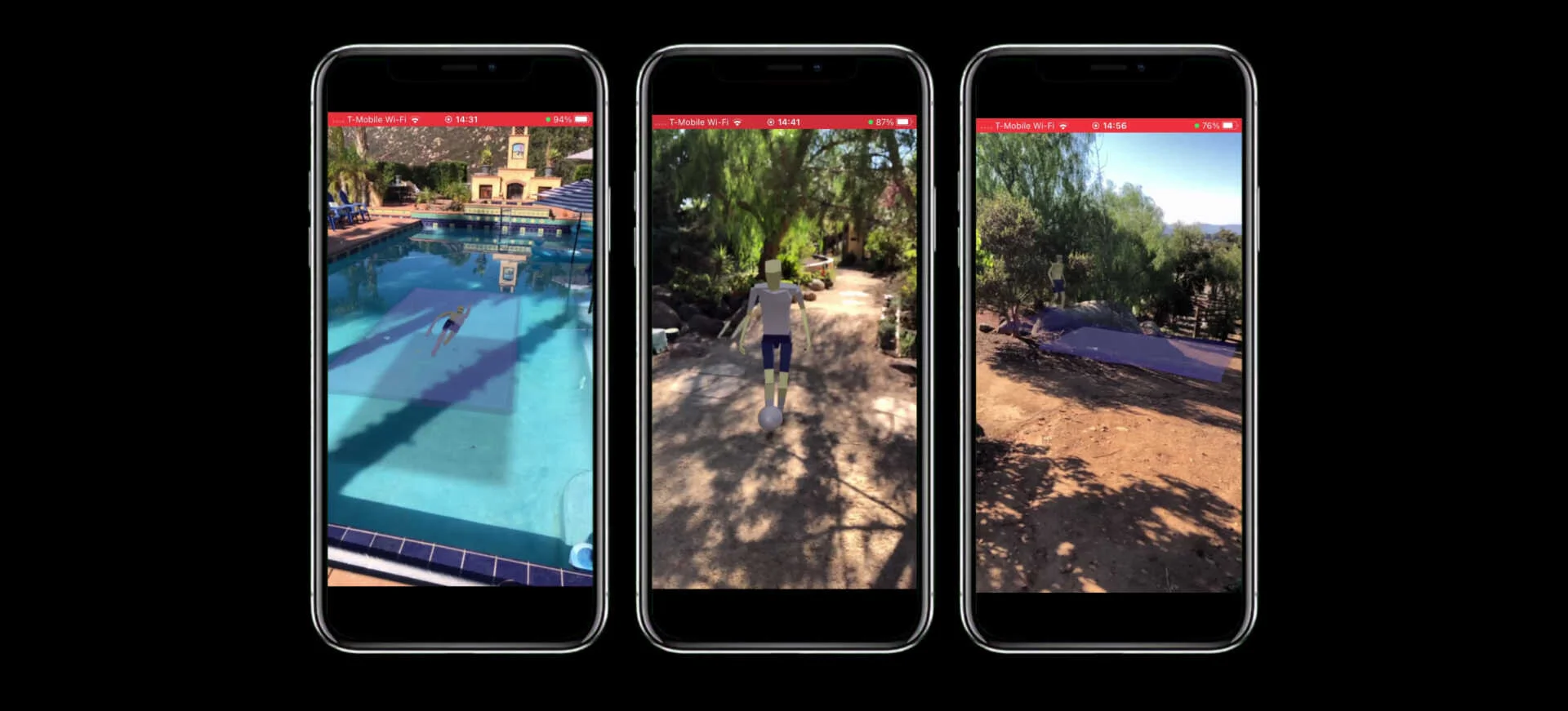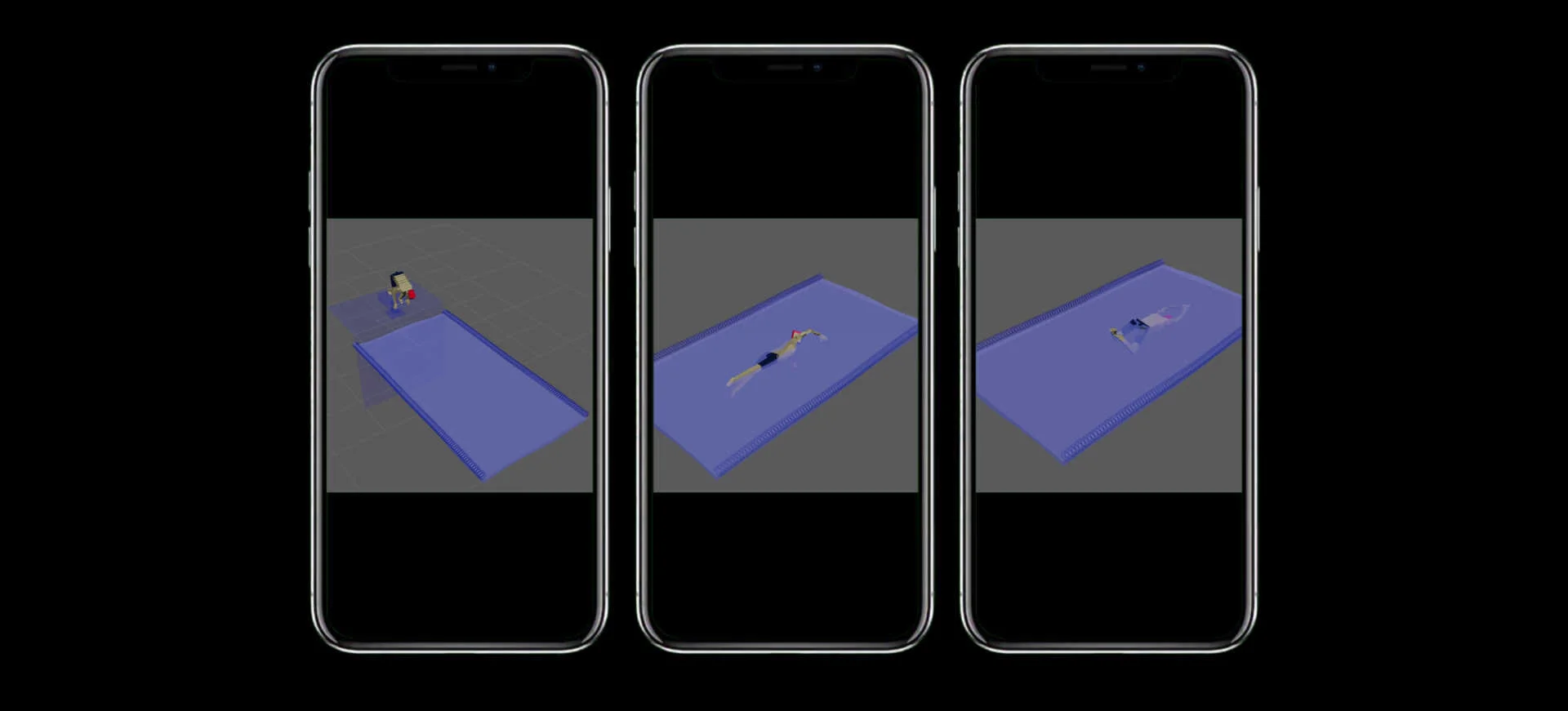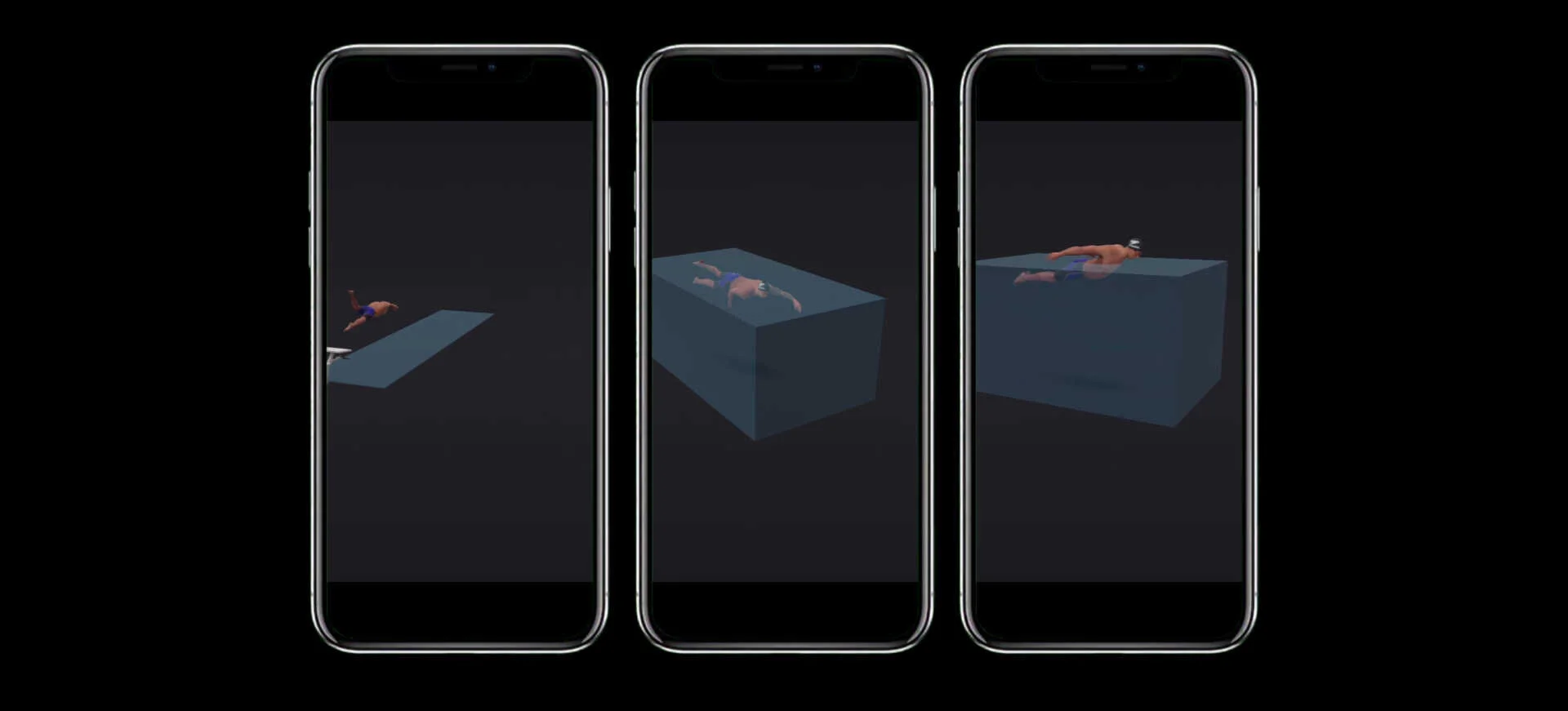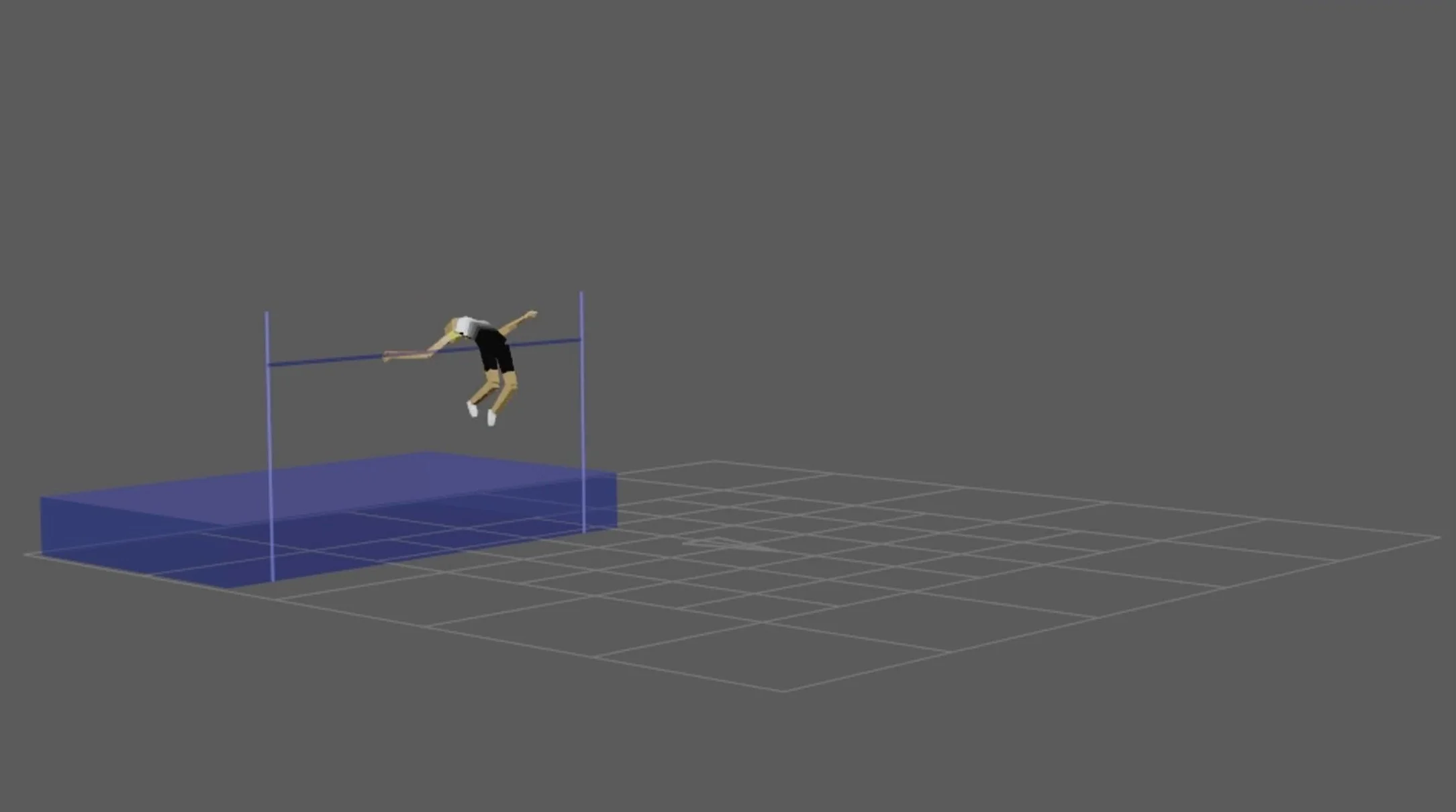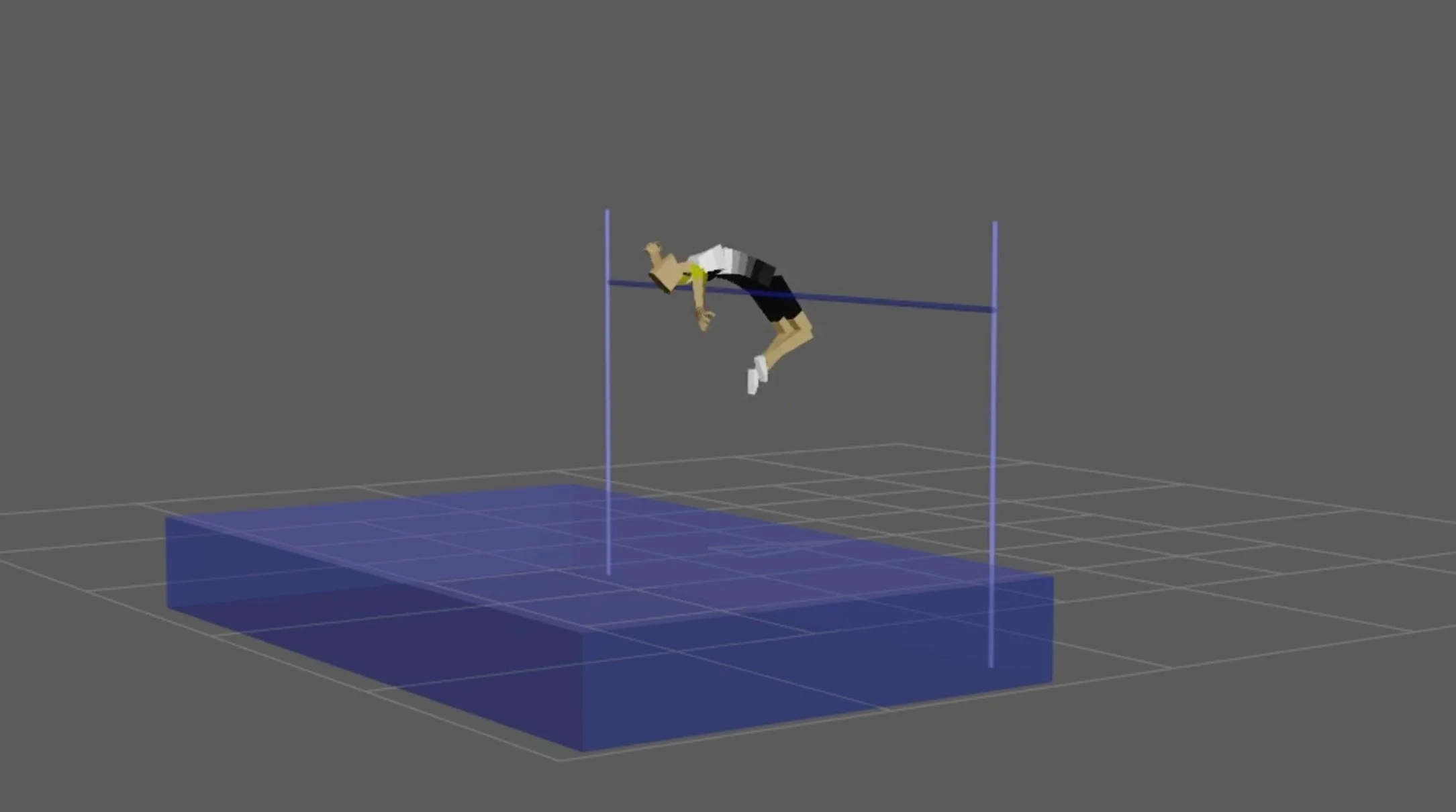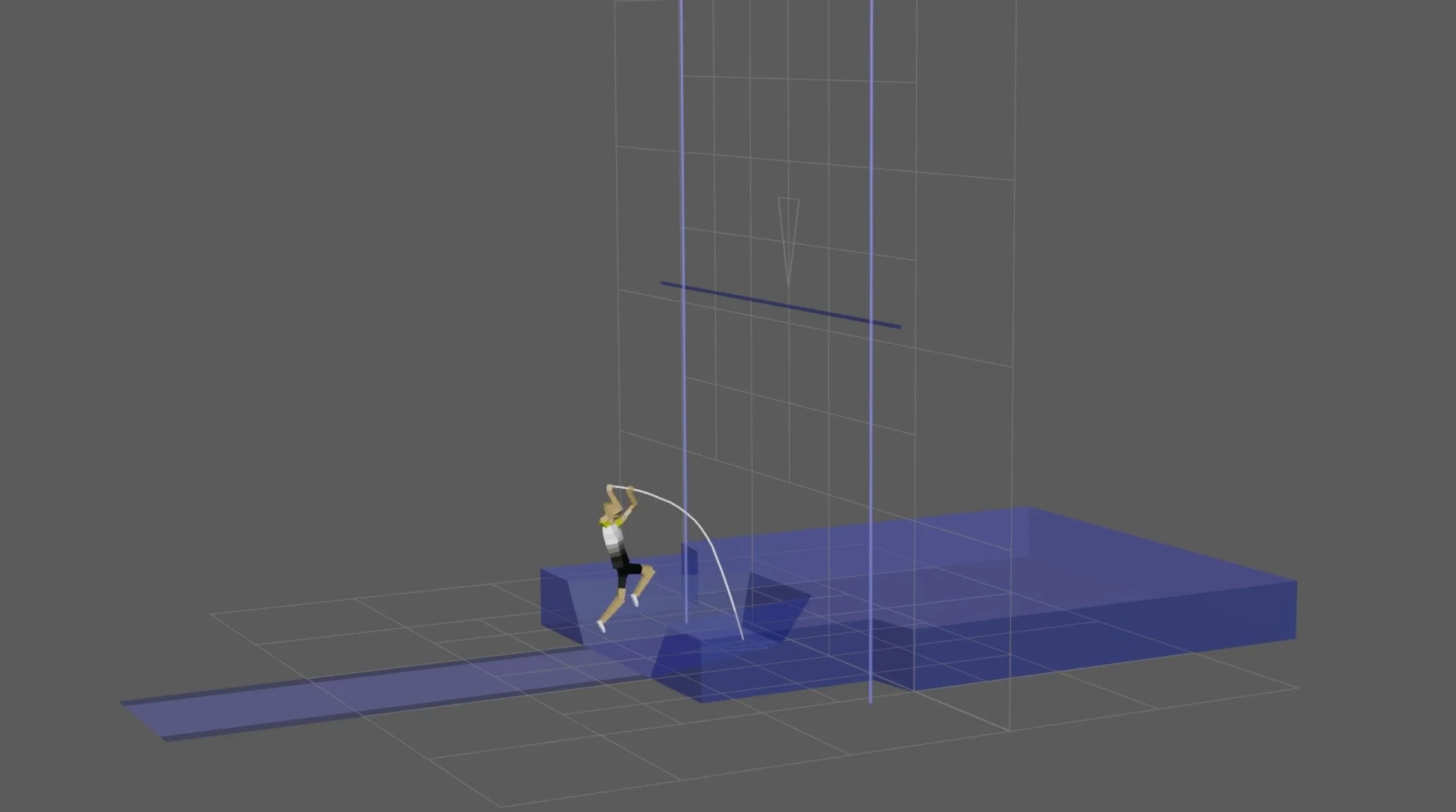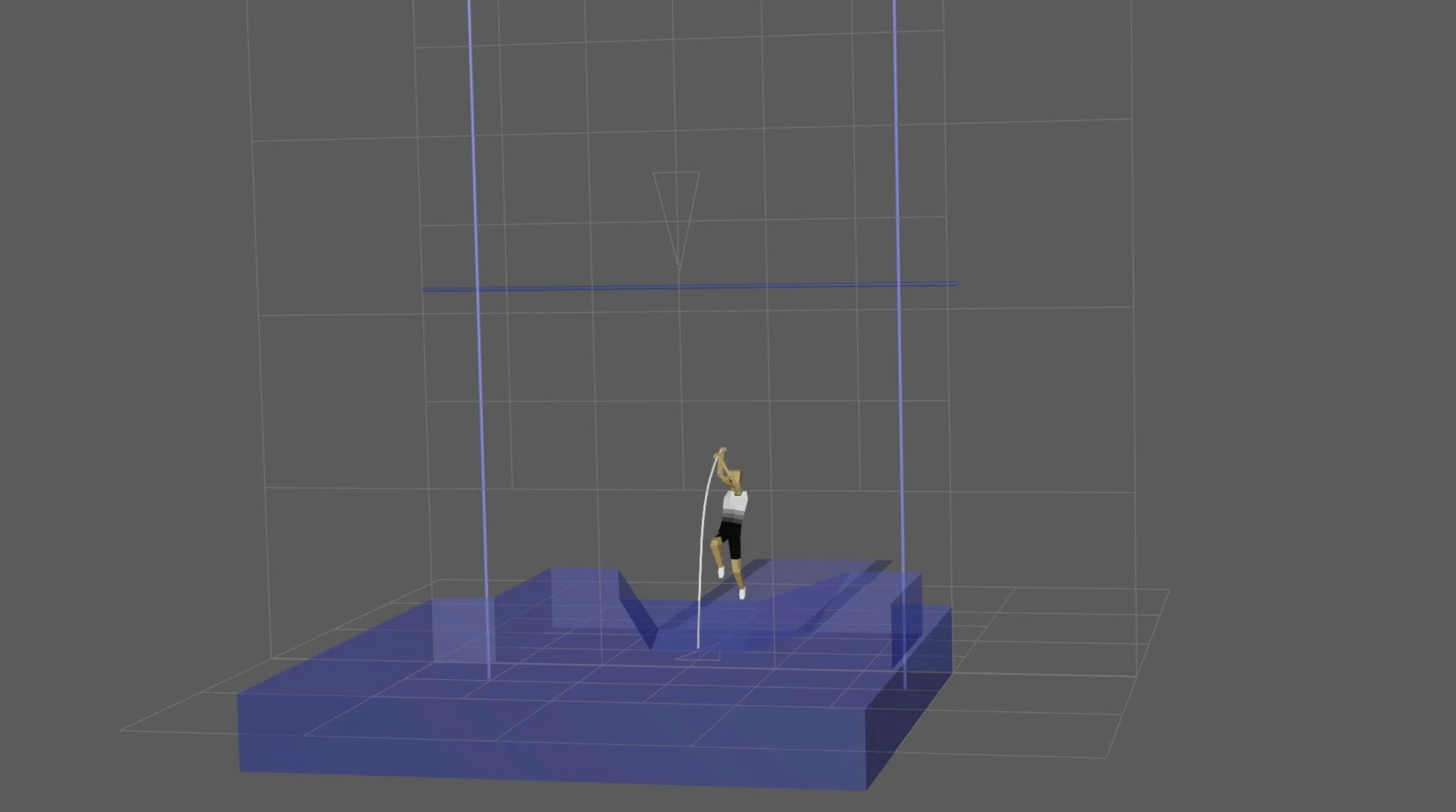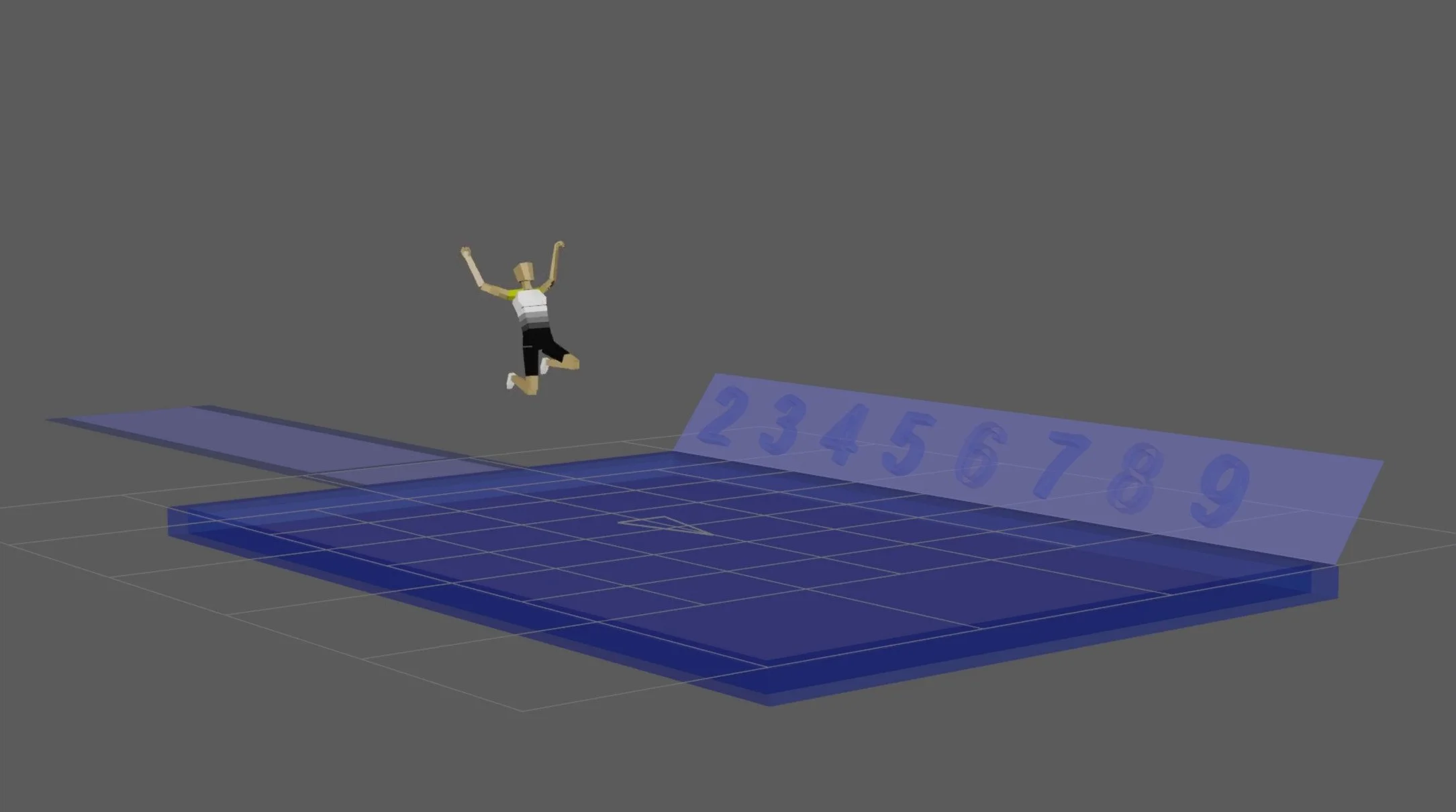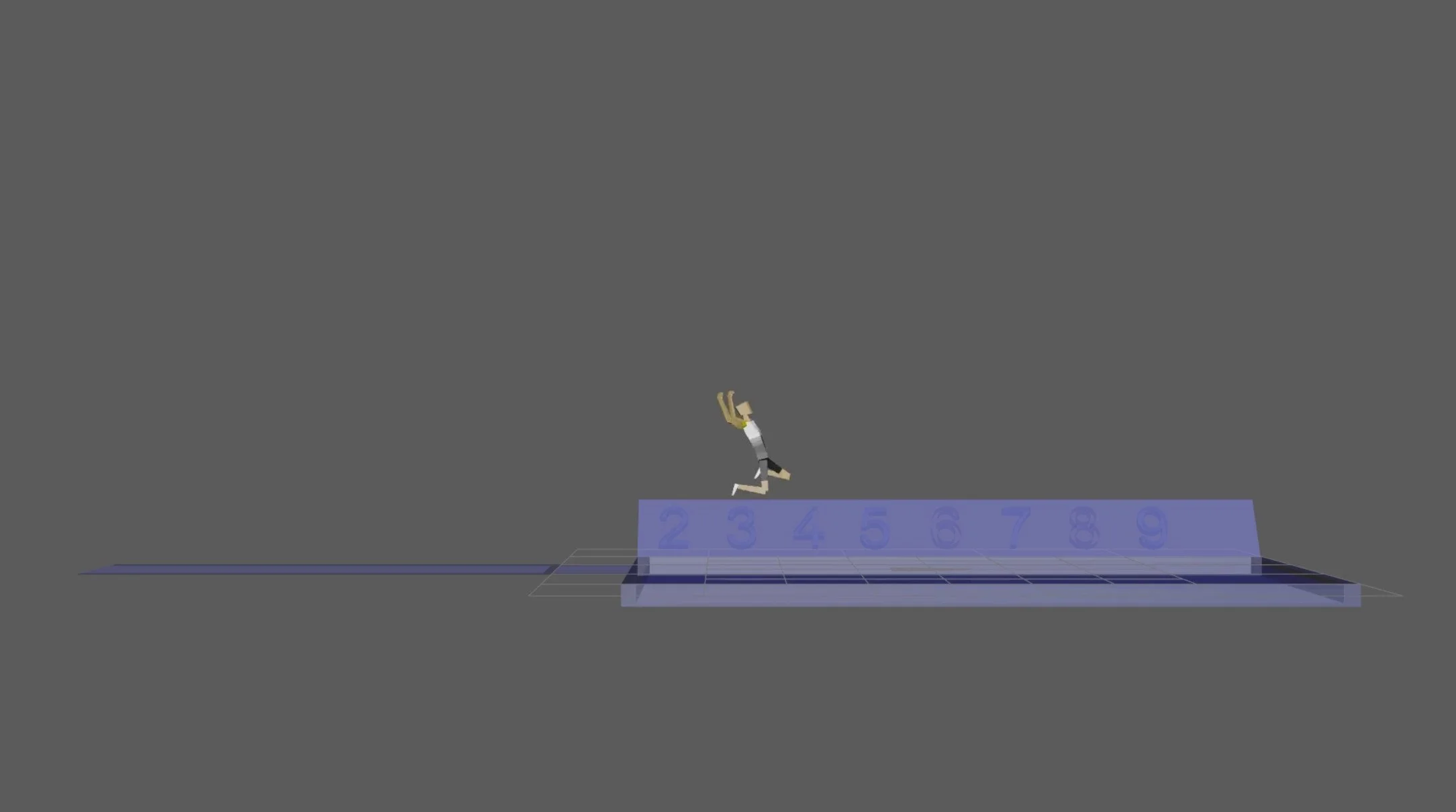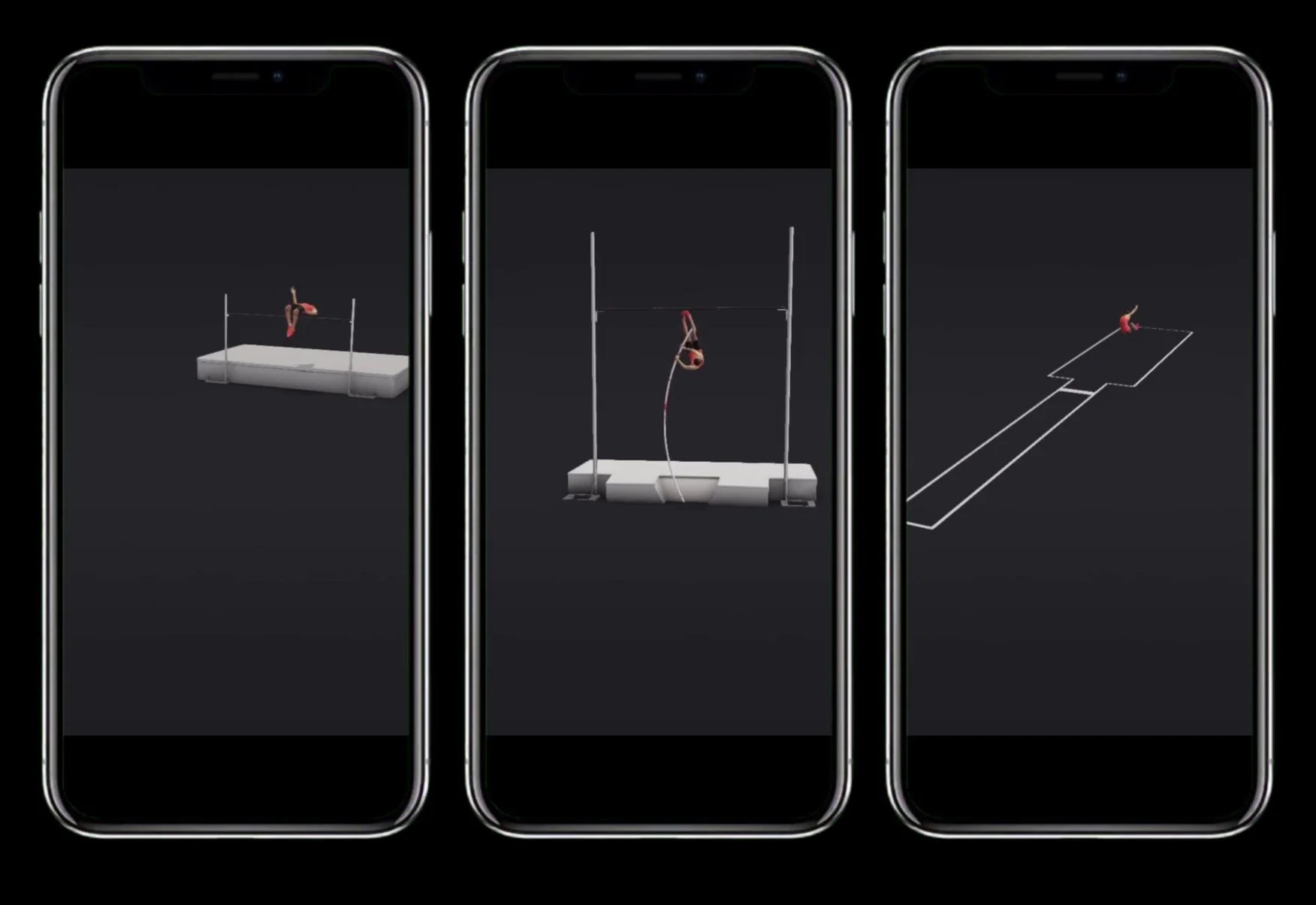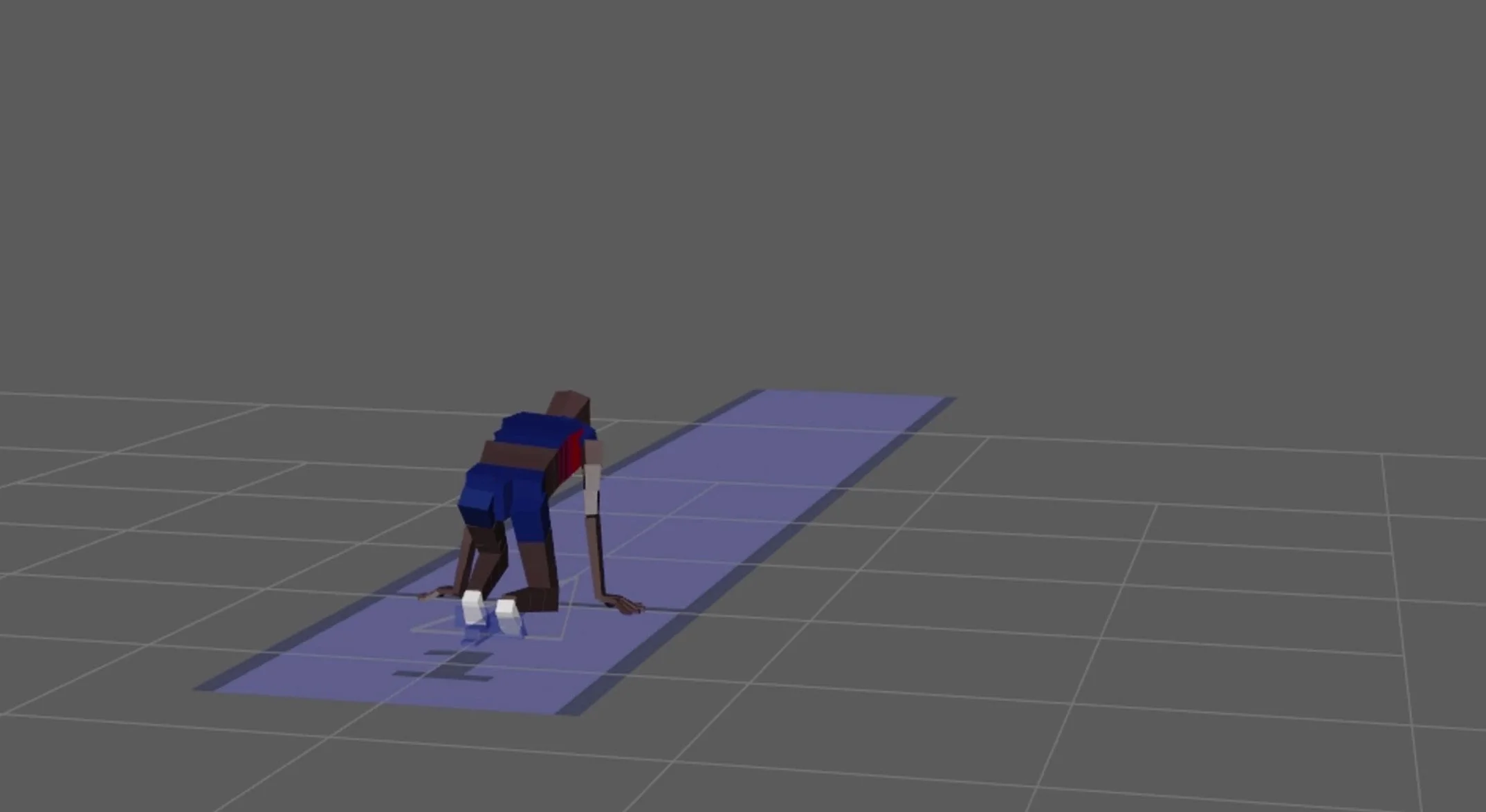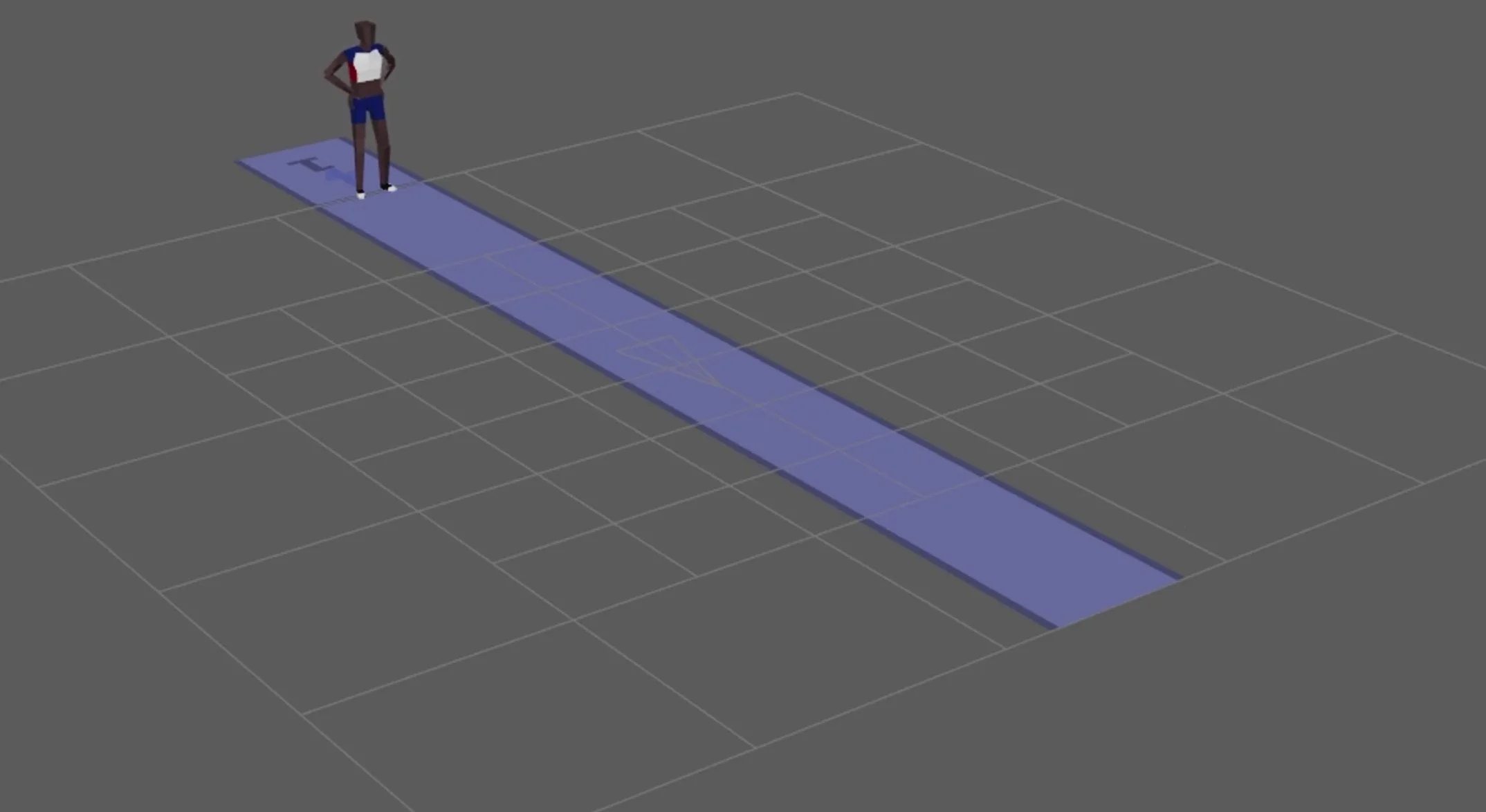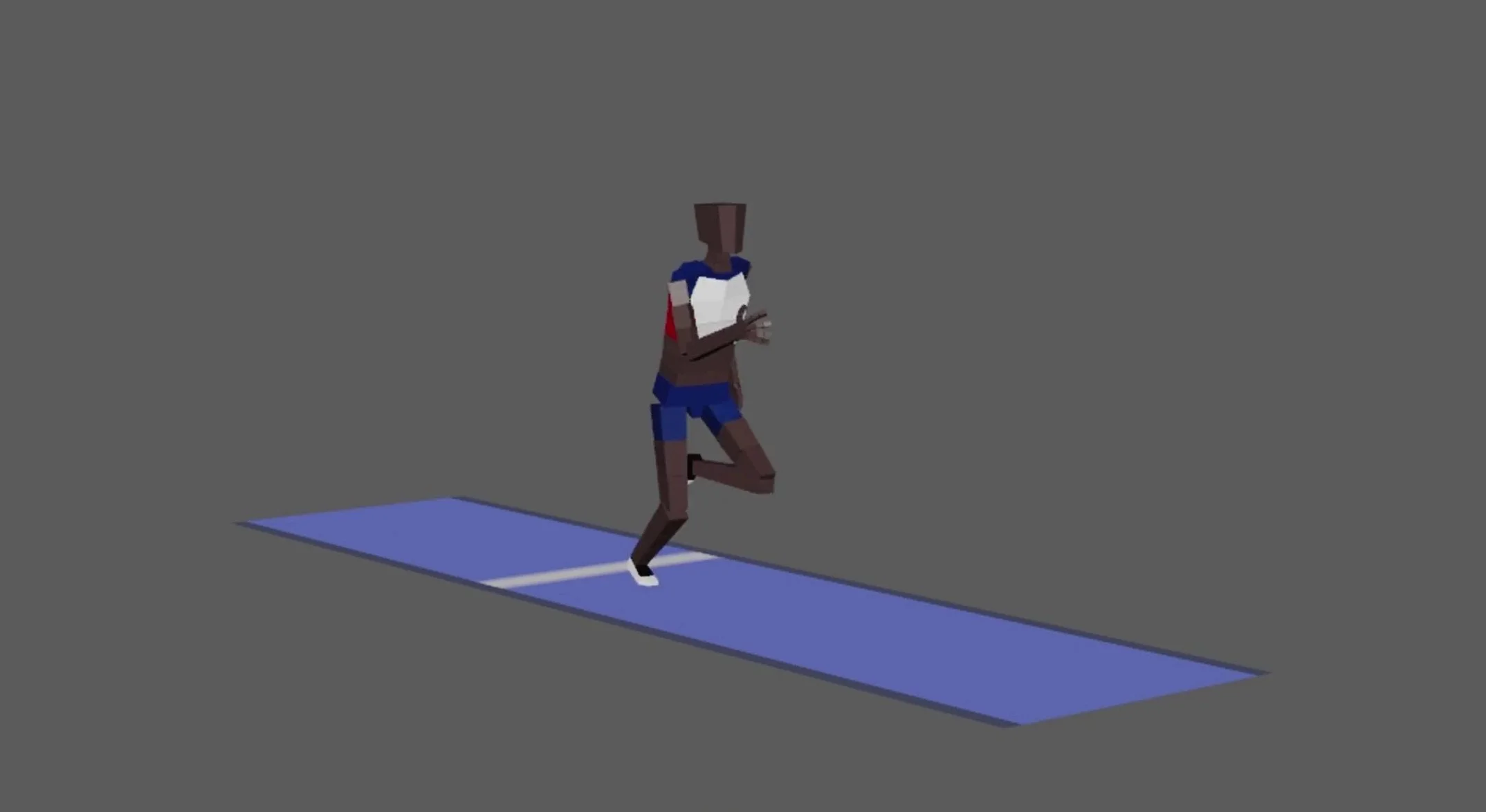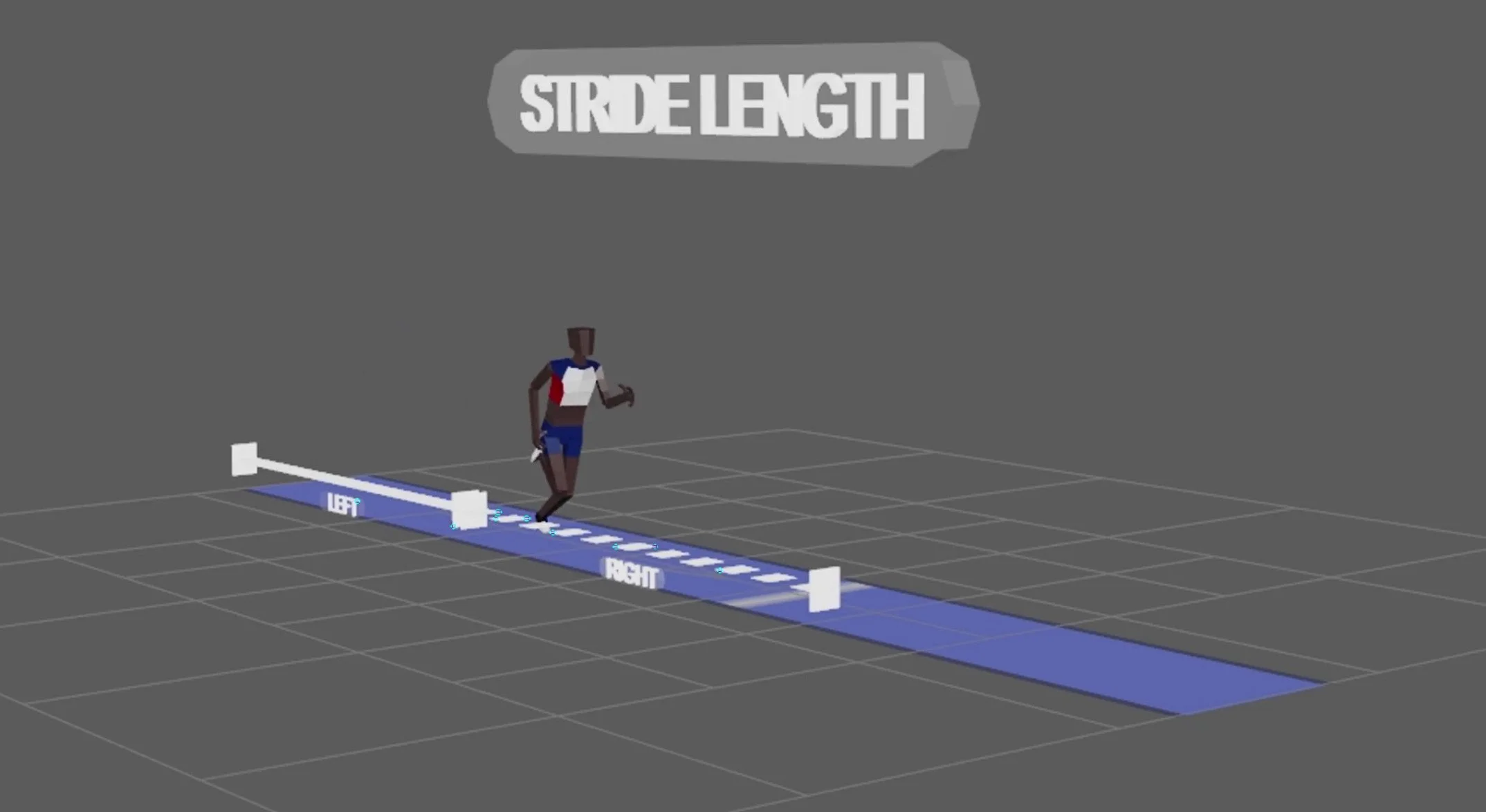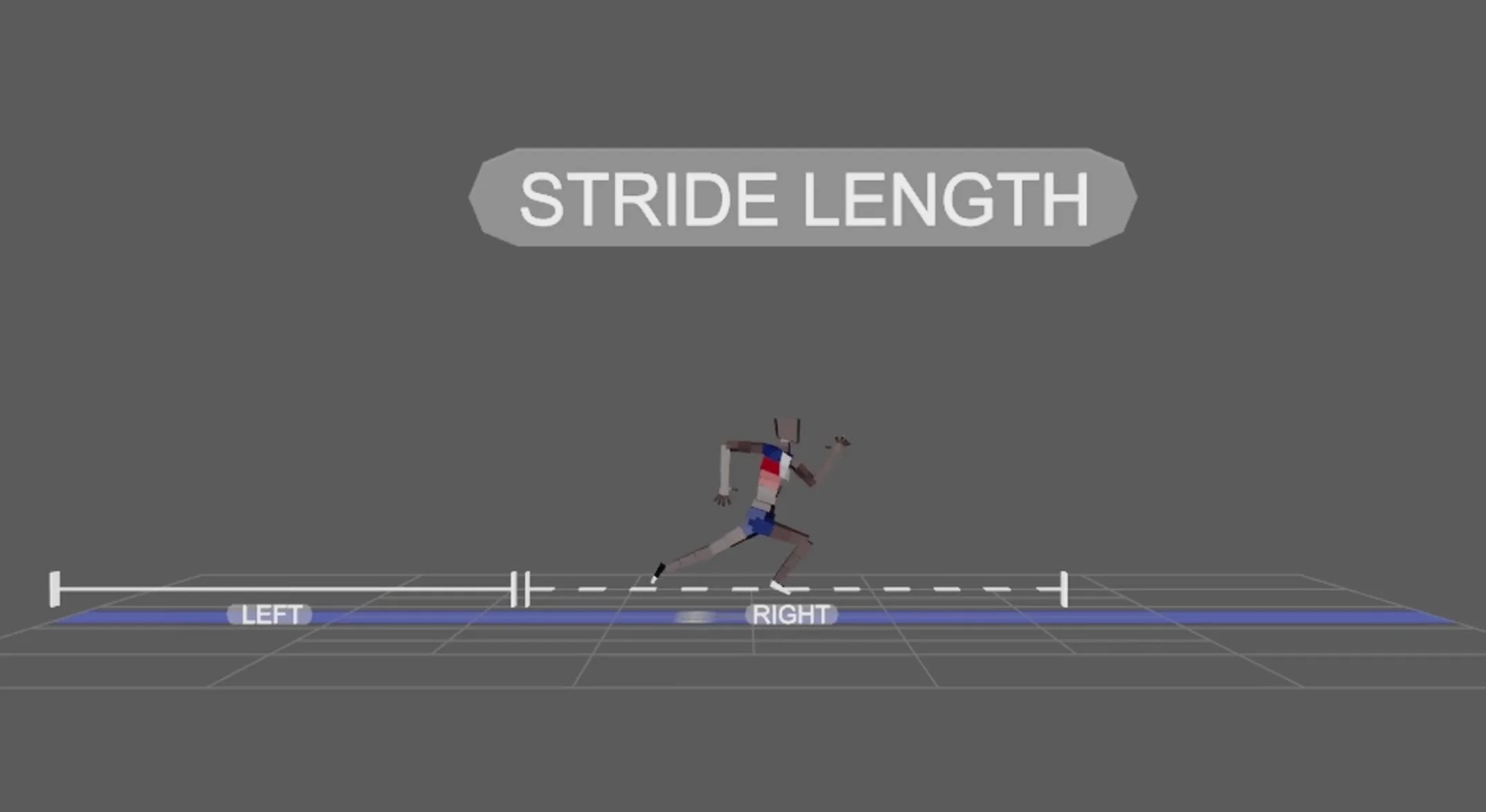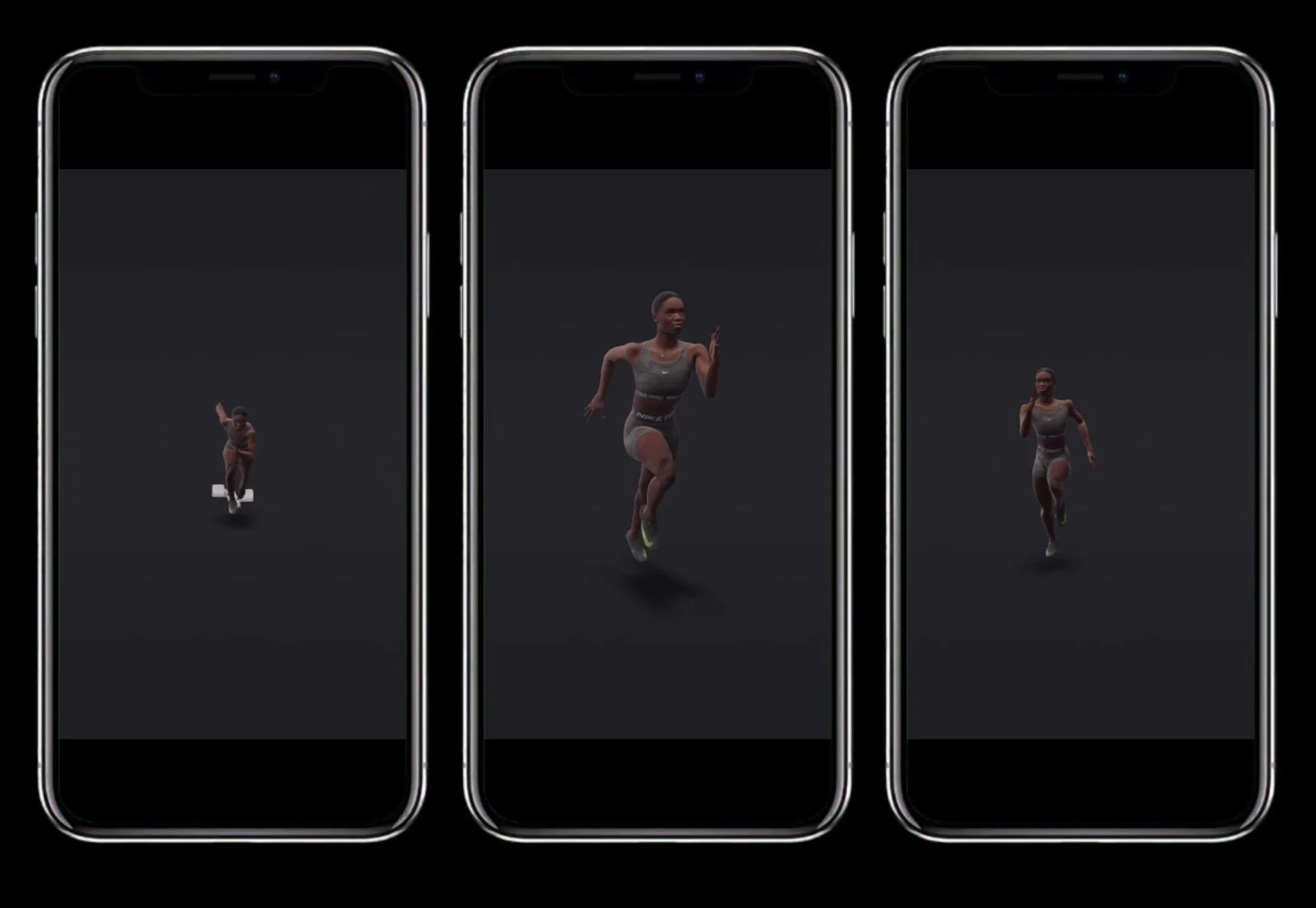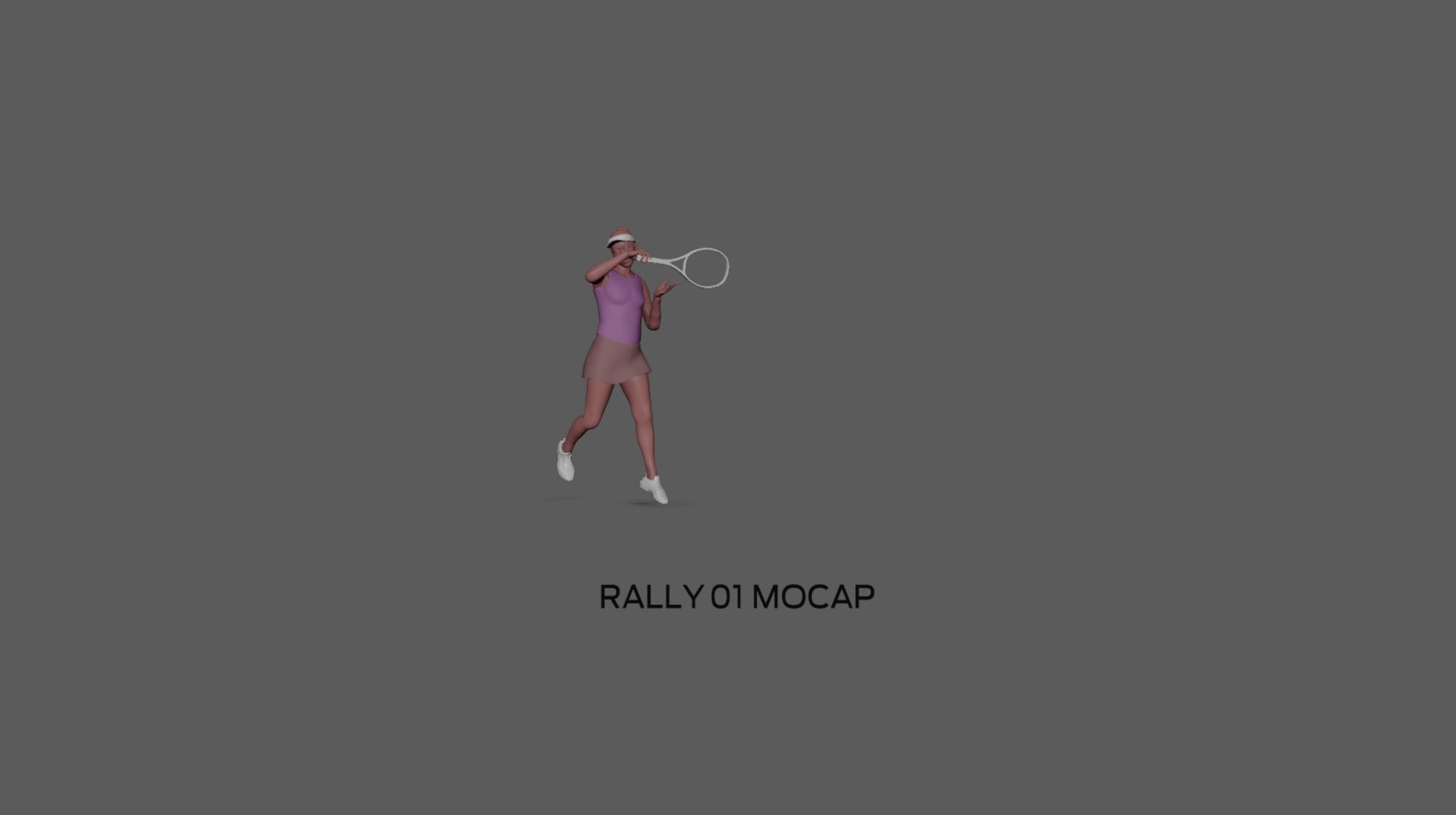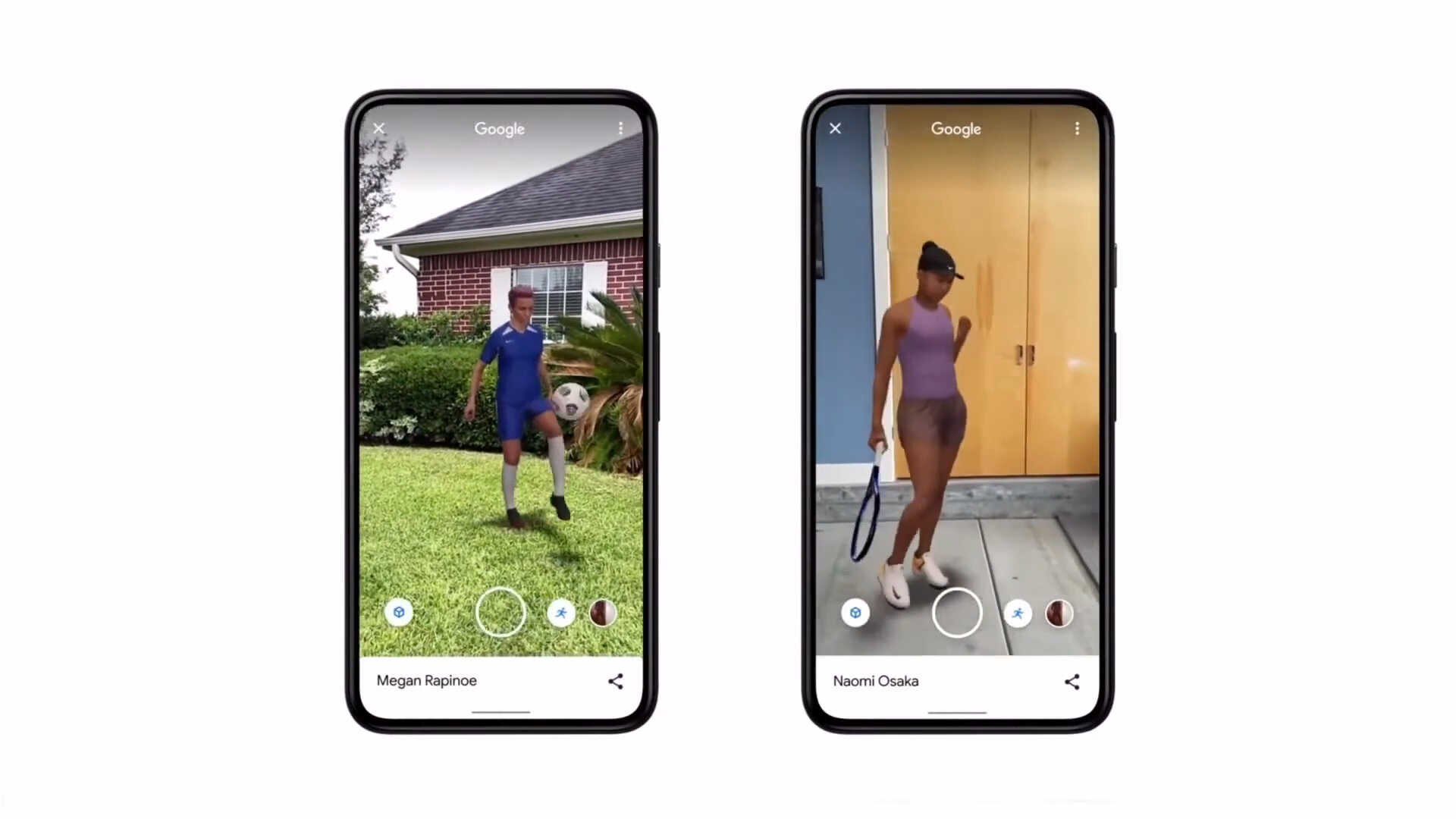
Google AR
AR Athletes in your pocket.
I lead the visualisation and conception phase on the creation of a plethora of digital sports personalities. I met regularly with the Google team to show the animation prototypes, discuss ideas and offer suggestions for how to better portray the motions.
The talent on the motion capture stage would only be able to move a certain distance, having an indication of the volume when animating and presenting the work helped the team to instantly know the position of the athlete during the animation review.
Megan Rapinoe
The animations were relatively crude but completed at a swift pace, generally in one working day. We were constantly reassessing whether the skills demonstrated would hold the user’s interest. I experimented with actions that were stationary and motions that would push the limits of the volume.
Introducing sport-specific paraphernalia and modifications to the rig helped identify the athlete. The additional prop modelling and rigging was completed on an ad-hoc basis. It was all about the visual ideas, I was given lots of freedom.
The final product, captured on my iPhone. The Previs was also designed serve as a foundation for the motion capture shoot and define the three unique actions that the athlete would need to perform.
Caeleb Dressel
The repertoire of athletes covered many sports, one in particular was a fun challenge to conceptualise; The Swimmer.
The water and the pool were two areas that Google wanted to see how could be presented, I modelled the diving block and a section of water. The subtle watery effects were generated using a deformer.
The water visual development of the water was an interesting challenge. I used only simple polygon planes, deformers, noise and ramp textures. Ultimately the processing limits would mean the water would be display as a transparent block, it was about options.
A few experiments with particles to show interaction between the talent and the water. To get this into AR for testing I created a 10 pose blendshape which could be exported as a FBX.
Testing and seeing the animations in the real world helped to validate our choices, even while I was on vacation.
The three swimmer visualisations, I worked to create a visual language, which meant a simpler water design and reduction in scene size.
The final swimmer, the visuals were almost verbatim to the original Previs.
Niklas Kaul
The decathlon is regarded as the true Olympian discipline. A wide variety of props were modelled and rigged to achieve this. An ongoing theme was to incorporate slow motion into the animation, to really show the technique.
It was an interesting challenge to show an event that required a very large ROM, I tried to be efficient as possible and look for ways to loop already generated animation to help produce more iterations.
Using good angles became very important to show the motions, almost mimicking where the end user might place the camera to view the action.
The final animations really benefitted from the visualisation iterations I was able to produce. The props are all following a clear visual style.
Dina Asher-Smith
The sprint lends itself to an animated loop but we wanted to show the process of the athlete getting ready and into the blocks.
Early iterations of a possible UI for the viewer to attain additional information. These acted as placeholders for testing.
The final animations, the UI idea was dropped in favour of streamlining the visuals and showcasing the athlete.
Naomi Osaka
I worked on the Tennis AR as a finals animator. I spent a lot of time cleaning, splicing, cutting and retiming the data. Several sections were completely hand keyed in an effort to blend the body mechanic motion together.
When working with Mocap data, I like to layout it all out, splice it together with hard cuts and review that. I use colours to quickly see what clips I’m using and where the blends are.
Raw layout and the beginnings of stitching and blending the motions. This is an enruching and fun part of the larger animation world. Working with mocap can improve your animation by constantly seeing weight shifts, footfalls, and natural posing in complex actions.
The final stitches before I went in and worked on the facial. The most important part of the facial performance was Naomi’s eyes and making sure the eye movement was never ahead of the racket hit.


